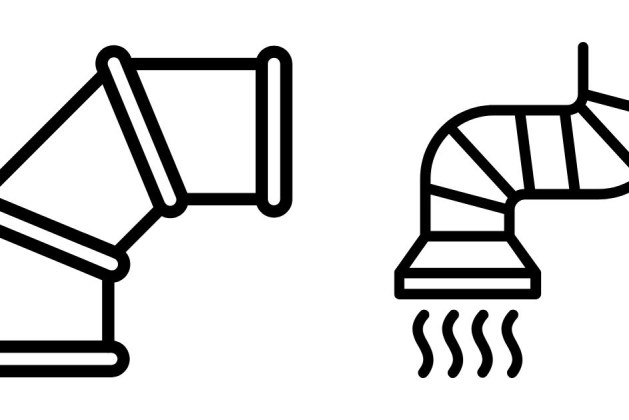When designing, installing, or troubleshooting an HVAC (heating, ventilation, and air conditioning) system, understanding air pressure is key to ensuring efficient airflow and system performance. One of the crucial terms you’ll encounter is External Static Pressure (ESP). But what exactly does this term mean, and why is it so important for your ductwork system?
What is External Static Pressure?
External Static Pressure (ESP) refers to the resistance or pressure exerted on the airflow outside of the air handling unit (AHU) or furnace. Specifically, it’s the pressure that the air must overcome as it moves through the duct system, from the blower to the various registers and vents in a building. Essentially, ESP measures how much force is needed to push air through the entire HVAC duct system to reach the living spaces.
Unlike internal static pressure (which is the resistance within the air handler itself), external static pressure relates to the friction and resistance experienced within the ducts, including obstacles such as turns, filters, grilles, and diffusers that impede airflow.
Why is External Static Pressure Important?
External Static Pressure plays a significant role in the overall efficiency and functionality of your HVAC system. Here’s why it matters:
- Efficiency: High ESP means that the system has to work harder to circulate air, leading to higher energy consumption and potentially higher utility bills. If the ESP is too high, your HVAC system may not provide adequate airflow, causing rooms to feel stuffy or improperly heated or cooled.
- Comfort: Poor airflow caused by excessive ESP can lead to uneven heating or cooling throughout your home or building. Some rooms might feel too warm or too cold, which undermines the comfort of the indoor environment.
- Longevity of the System: When the ESP is too high, the HVAC system has to run at higher capacity, which increases wear and tear on the blower motor and other components. Over time, this can lead to breakdowns, reduced lifespan of the system, and more frequent repairs.
- Air Quality: High ESP can also affect the performance of air filtration systems. If the airflow is restricted due to excessive pressure, it may cause the filters to not work as efficiently, potentially allowing dust, allergens, and other particles to circulate within the air.
Factors That Contribute to External Static Pressure
Several factors can contribute to high external static pressure in your duct system, including:
- Duct Design and Sizing: Ducts that are too small or improperly designed increase friction and resistance. The longer the duct run or the more bends it has, the greater the resistance. Correctly sized ducts help reduce ESP and ensure smoother airflow.
- Air Filters: Clogged or overly restrictive filters can impede airflow, raising the external static pressure. Regularly replacing or cleaning filters is crucial for maintaining proper system function.
- Dampers: Dampers regulate airflow and are often installed to adjust the amount of air that flows through a duct. If they’re partially closed or malfunctioning, they can increase static pressure.
- Grills and Registers: Blocked or improperly adjusted registers or air vents can obstruct airflow and contribute to higher ESP.
- Leaks and Gaps: Leaky ducts can cause pressure imbalances, reducing the efficiency of the system. Sealing gaps and ensuring the ductwork is airtight helps in maintaining the right pressure levels.
Measuring External Static Pressure
To measure external static pressure, HVAC technicians use specialized equipment, such as manometers or digital pressure gauges. They measure the pressure at various points along the ductwork, typically in the return air and supply air sections. The pressure readings help diagnose system performance and determine if adjustments or repairs are necessary.
Managing External Static Pressure
If your system is experiencing high external static pressure, here are a few solutions to consider:
- Ductwork Design Improvements: Ensure that ducts are properly sized and designed to handle the airflow required for the system. Avoid long, complex duct runs and sharp bends when possible.
- Regular Maintenance: Keep your air filters clean and replace them regularly. Also, check the ducts for any signs of leakage or blockages.
- System Adjustments: If necessary, adjust or replace dampers, registers, or other airflow components to improve the system’s efficiency.
- Professional Assessment: If you’re unsure about the static pressure in your system or suspect issues, it’s best to consult with a professional HVAC technician who can measure the pressure and make recommendations based on their findings.
External Static Pressure is a critical factor in the overall performance of your HVAC system. By understanding and managing ESP, you can ensure that your ductwork operates efficiently, promoting better airflow, energy savings, and a more comfortable environment. Regular maintenance and attention to duct design can help keep external static pressure within optimal levels, improving both the longevity and effectiveness of your HVAC system.
By addressing issues with external static pressure early on, you can avoid costly repairs and enjoy consistent comfort throughout your home or business for years to come.




Leave a comment